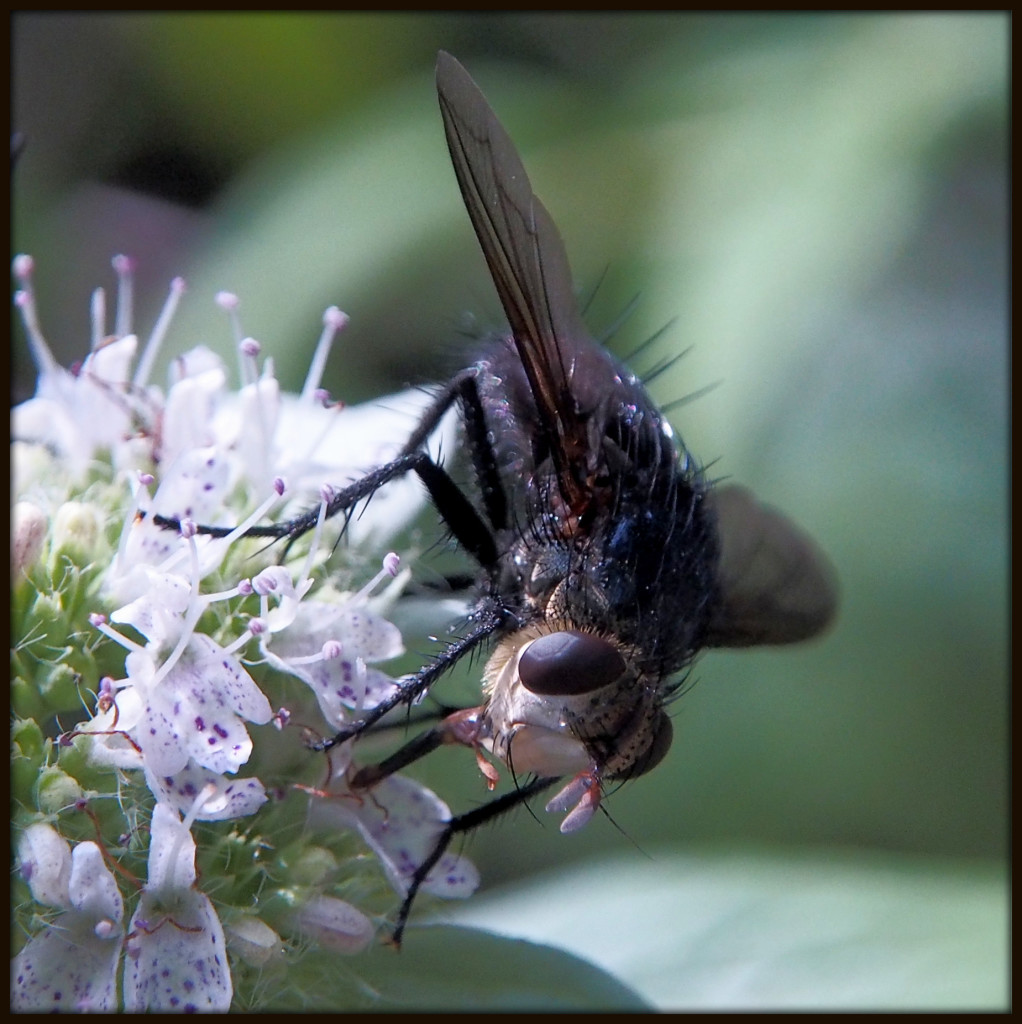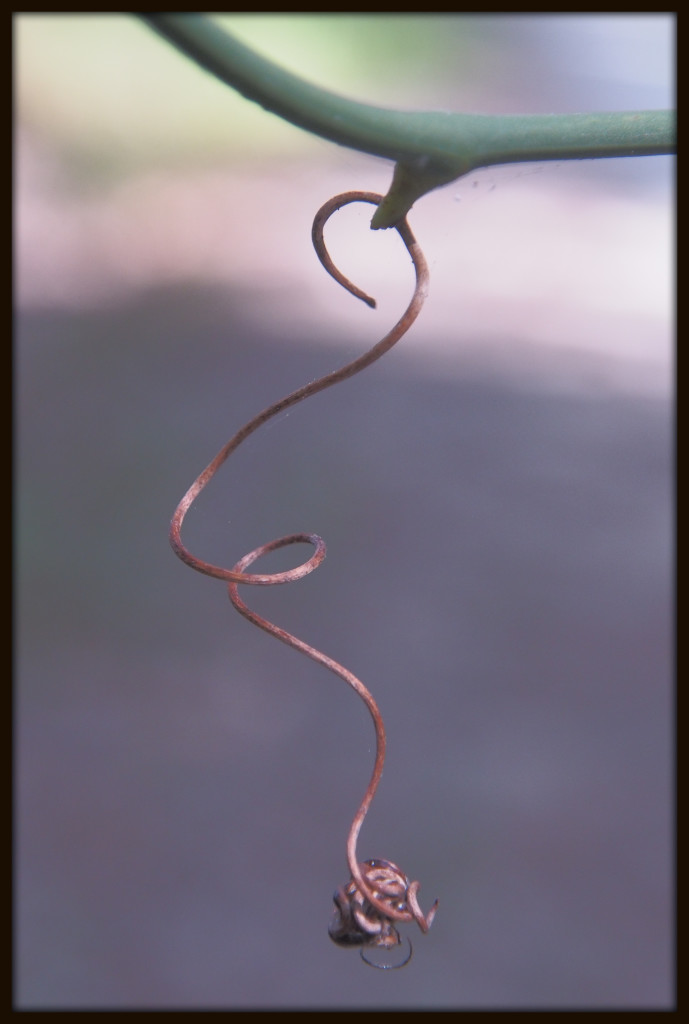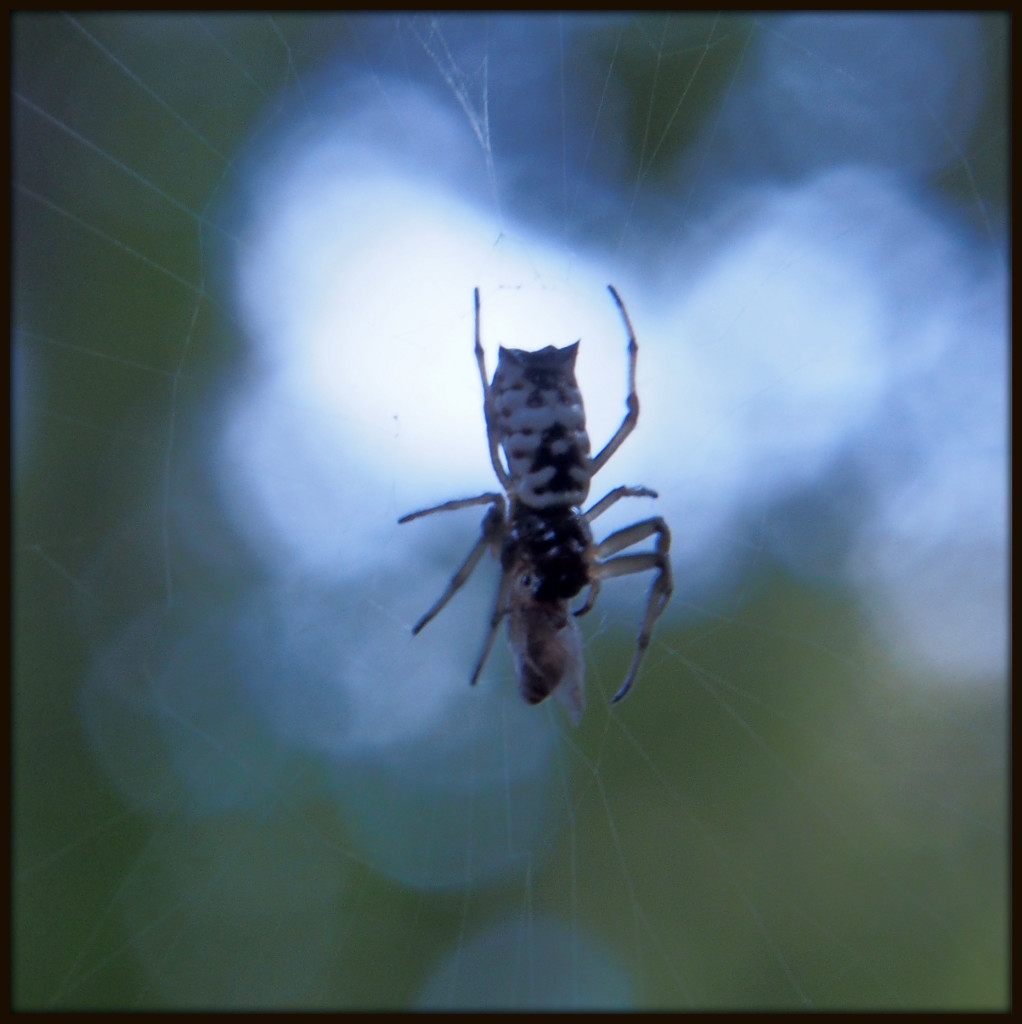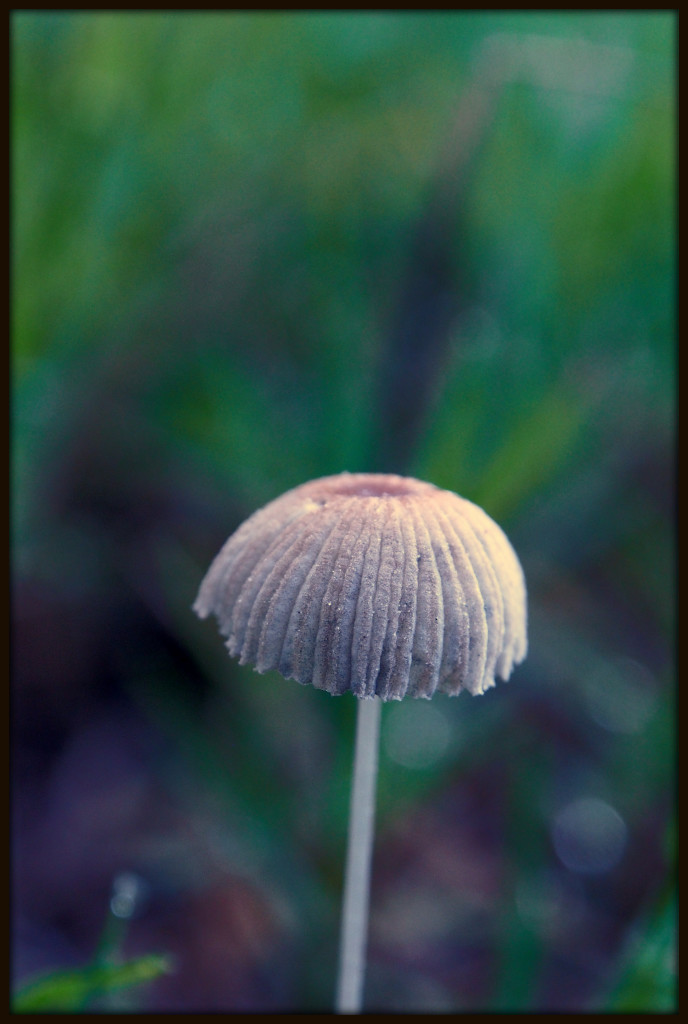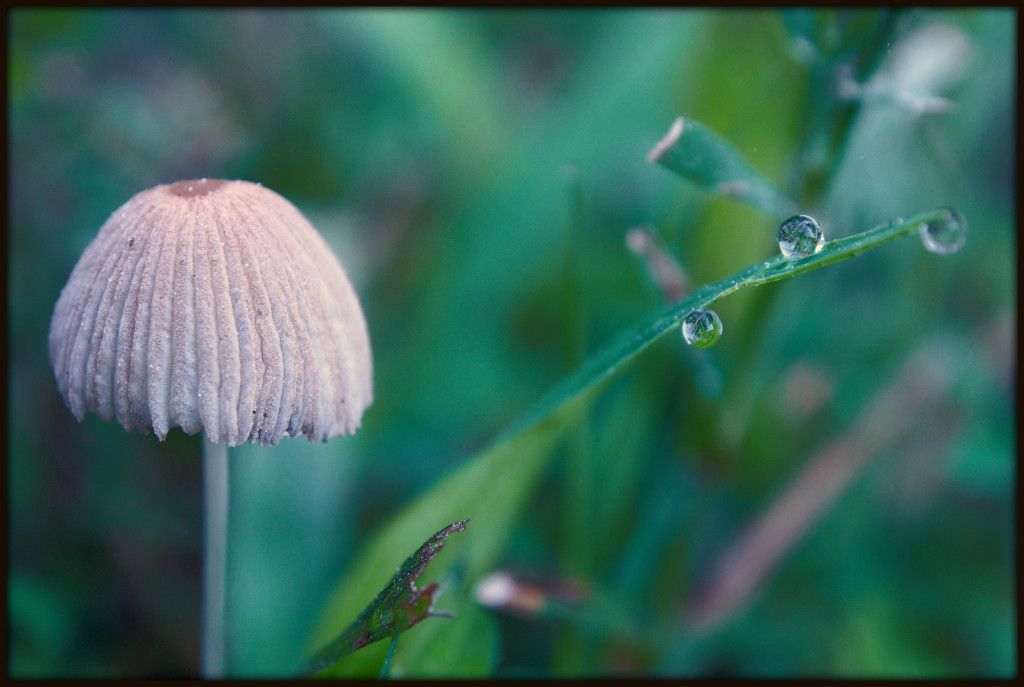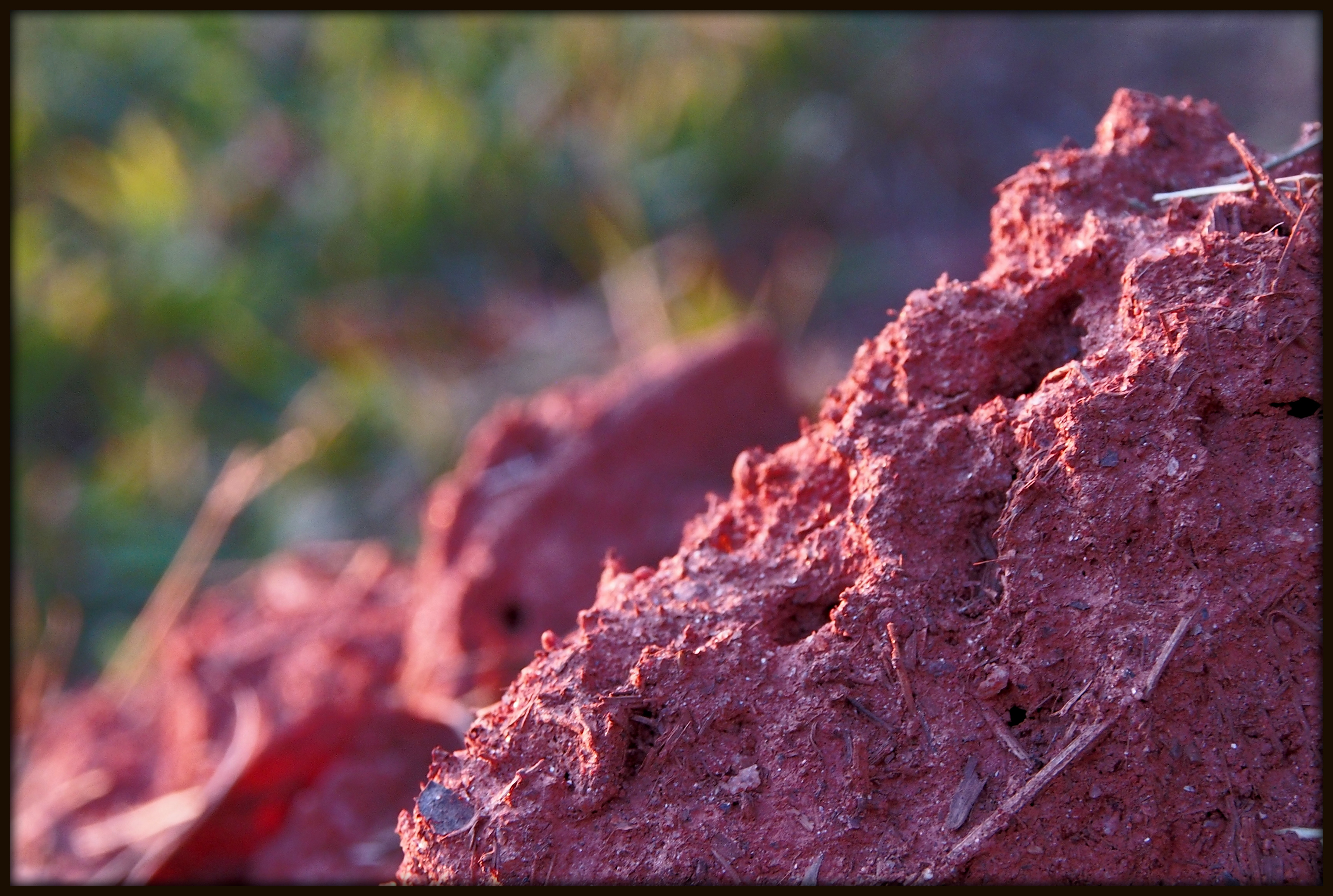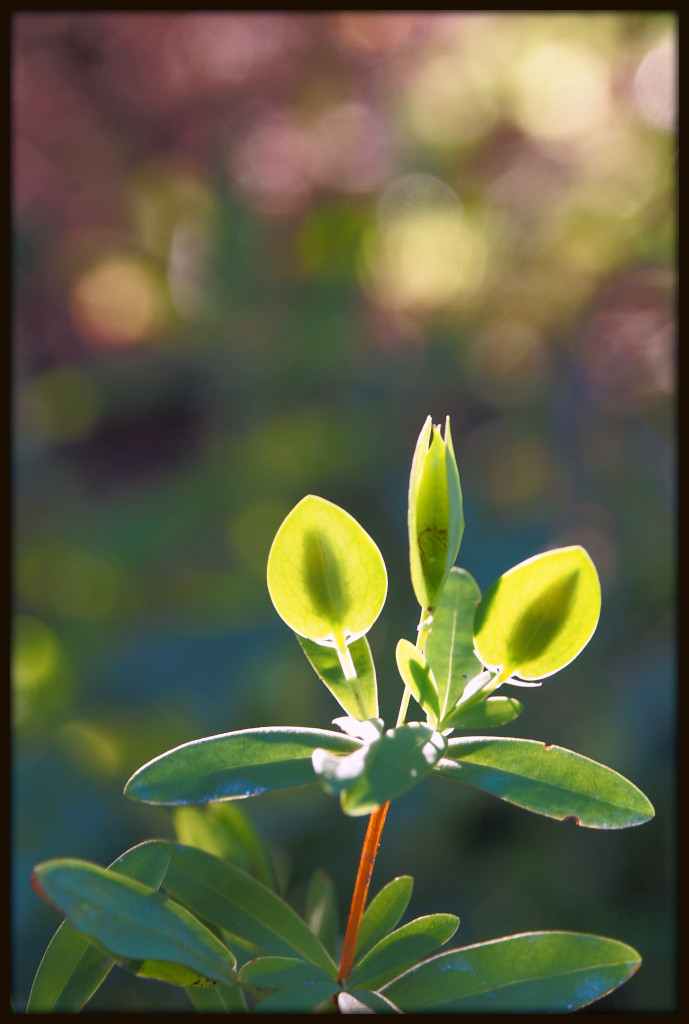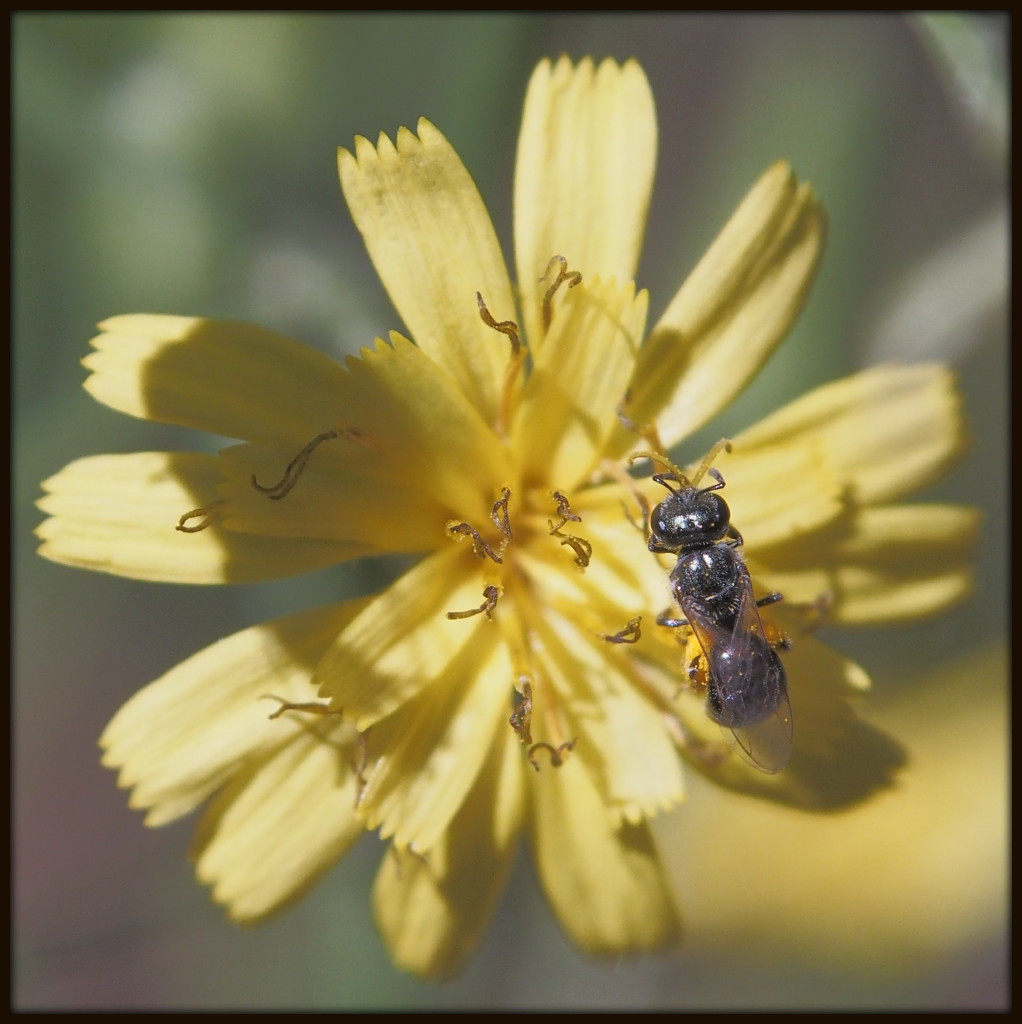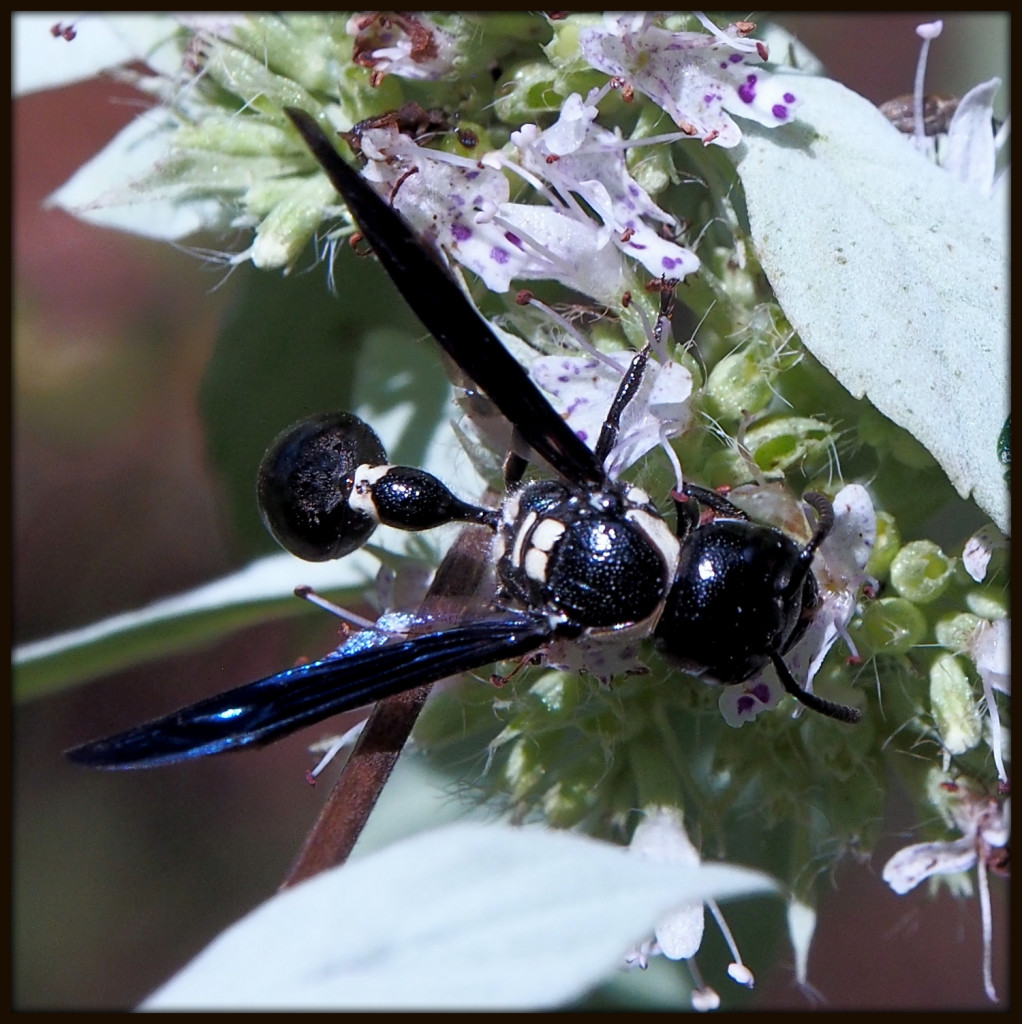I do not usually like flies, and I have largely avoided photographing them along Piney Woods Church Road. For one who espouses an appreciation for the commonplace, though, flies seem about as everyday as one might imagine. Still, there are so many unpleasant flies out there: deer flies, black flies, house flies, to name a few. For some reason, though, I was able to put aside my distaste long enough to take this close-up of a fly on Hoary Mountainmint today. Its visit offers a first lesson in fly appreciation. It turns out that this fly is among the “good guys” of family Tachinidae, also known as Tachinid Flies. They are predators, feeding on myriad garden pests, including caterpillars, beetles, sawflies, and borers. Their larval stage is a bit grisly, though. Host insects consume Tachinid Fly eggs laid on plants, and then the eggs hatch inside the insects and slowly feed on them. Still, I will try to remember these flies with gratitude the next time I enjoy something fresh from the garden.
